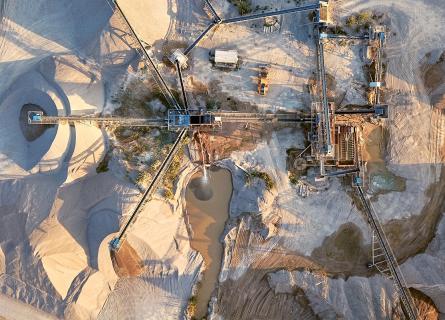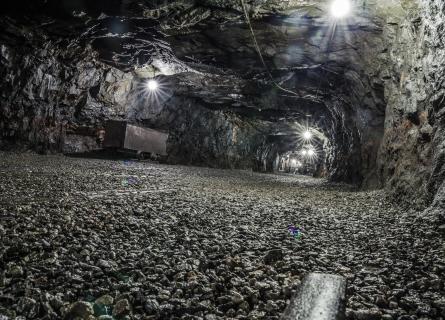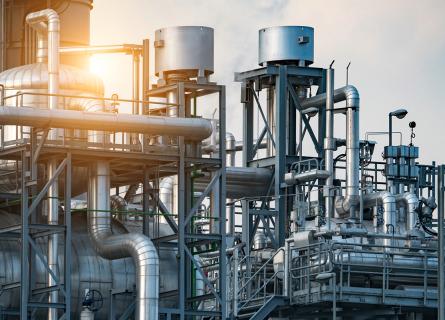
The Concrete industry is facing a sustainability challenge
A driver for global warming
Today, concrete is the most widely used manmade material on Earth. Unfortunately, concrete is also one of the most powerful drivers of global warming.
The recipe for making concrete is very simple: You just mix gravel and sand with cement, then add water until mixture is wet. Cement and water react to form a binder that glues the components tightly together. The history of concrete goes way back, it is famous for being the Roman Empire's construction material of choice. Actually, one of the first forms of concrete used that still exists today can be found in the pyramids at Giza, Egypt, which are almost 5000 years old.

The magnitude of concrete is colossal
Concrete is an essential building material for modern cities and it supports everything from the roof over your head to the dams and bridges that make up essential infrastructure. Unfortunately, concrete is also one of the most powerful drivers of global warming and the cement industry is one of the most neglected industry sectors in the fight against climate change.
The cement industry is responsible for about 8% of global carbon dioxide emissions, more than double those from aviation and shipping combined.
The Clinker Dilemma
It’s the production of cement what makes concrete such a heavy polluter. Cement producers burn fossil fuels to heat rotary kilns to temperatures above 1400 degrees Celsius as part of a process that turns limestone and other minerals into clinker which is the main component in cement.
There are two major sources of carbon dioxide in the cement kiln: The first one is obviously burning the fossil fuels, but it is the second one, the chemical reaction to break down the limestone what releases the most of the CO2.
Since limestone decomposition is an inherent part of cement production, there is no obvious technology to completely eliminate the emissions from concrete. Therefore, unlike the power or transport sectors, cement presents a fundamental technical challenge in terms of production process.
Substitutes for clinker are available
Clinker substitution is a very effective solution and can also be deployed with low costs, as it generally does not require investing in new equipment or changes of fuel sources. AFRY has actively promoted granulated blast furnace slag as a clinker substitute in the concrete industry already for years. Read our thoughts on clinker substitution.
Carbon capture a part of the solution
However, due to the scale of the global concrete industry, there is just not enough clinker substitute available. There must be a certain amount of primary cement production to serve the concrete demand. Technologically, the primary cement dilemma can be solved by capturing the produced carbon dioxide. This solution for existing cement plants efficiently reduces carbon dioxide emissions into the atmosphere. Cement kilns can be equipped with carbon capture and sequestration or utilisation (CCS/CCU) technology that stores the produced carbon dioxide, which can then be valorised.
AFRY has been involved in an extensive number of kiln projects during its history. Carbon capture and sequestration or utilisation is a proven technology where AFRY has several references globally. Captured CO2 utilisation can be divided into direct use, as in food industry or enhanced oil recovery, or it can be transformed into fuels, materials, or other chemicals.
Hydrogen production through electrolysis is at the heart of the transformation route. Together with renewable energy production it offers the concrete industry feasible ways to reduce their emissions and productise them.
More on: Power-to-X and Hydrogen
On the author: Janne Tikka, heads the global business sector of Mining & Metals. He joined AFRY in 2012 and has some 20 years of experience in the mining and metals industry.





